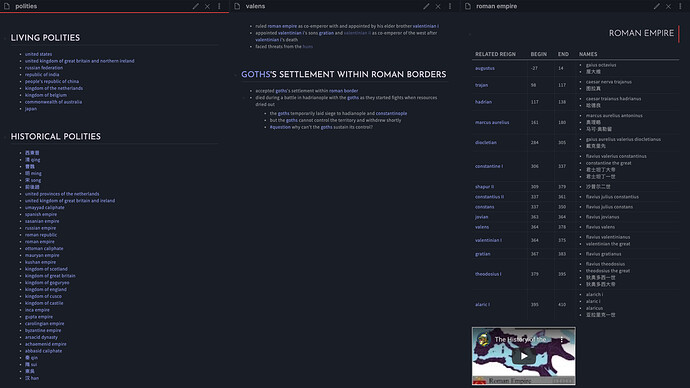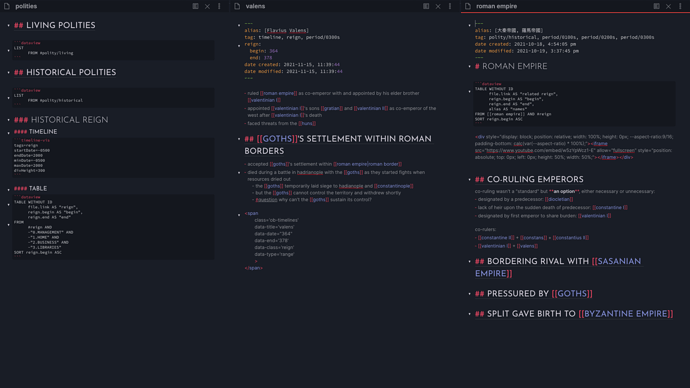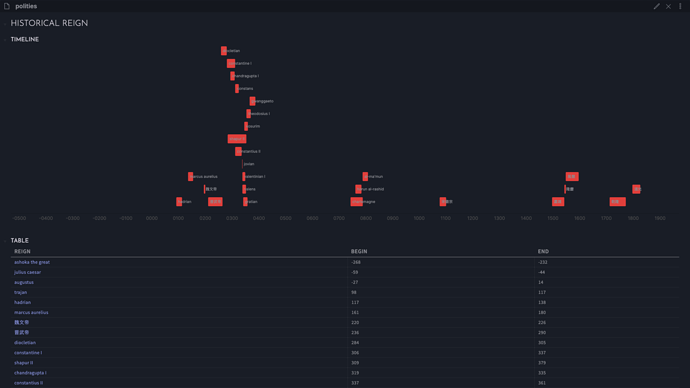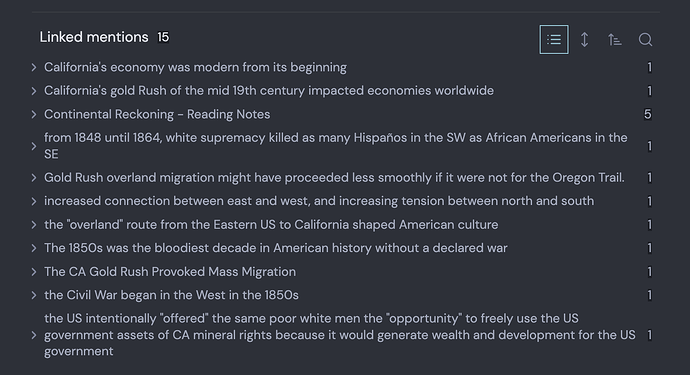I’m a student currently taking a comprehensive history course. I’d like to try and index my notes and thoughts into a centralized, chronological format for future reference (e.g. studying) in my Obsidian Zettelkasten. I am by no means an advanced user, especially when it comes to the Zettelkasten organization style, so I was hoping others might have ideas on how to implement this.
My current thinking is that I will have one pinned “timeline” note in which I link to all of the entries that I write for the class in a timeline format, and have brief summaries of important events and major ideas with links to separate notes for each one. An example entry might look like:
1440
- [[Printing Press]] invented
- helped to standardize punctuation all across the land.
And then under [[Printing Press]] I would elaborate on its effects and link to other notes.
However, I’m not sure how this would fit in with the rest of my Zettelkasten (I was simply thinking that the index note would be separate from the rest of my system), and I wanted to ask around before I implement this system and potentially miss out on a better one. Has anyone else needed timeline-sort of index in a Zettelkasten or in a system like it?



